Introduction
Spicy stir-fried bullfrog, a dish that tantalizes the taste buds with its fiery kick and tender texture, has become a beloved staple in global cuisine. Originating from the vibrant culinary traditions of Sichuan, China, this dish has transcended borders, captivating food enthusiasts worldwide with its bold flavors and aromatic complexity. Whether you’re a seasoned home cook or a curious novice, mastering the art of preparing this dish opens doors to a world of gastronomic delight. In this comprehensive guide, we’ll explore the intricacies of selecting ingredients, perfecting cooking techniques, and balancing flavors to create a spicy stir-fried bullfrog that rivals restaurant-quality dishes.
The Allure of Spicy Stir-Fried Bullfrog
Before diving into the recipe, it’s essential to understand why this dish holds such sway. Bullfrog meat, known for its lean texture and mild flavor, serves as the perfect canvas for bold spices and aromatic ingredients. When stir-fried with chili peppers, garlic, ginger, and Sichuan peppercorns, the meat absorbs these flavors, creating a symphony of taste that is both addictive and satisfying. The dish’s appeal lies in its ability to stimulate the senses—the heat from the chilies, the numbing sensation of Sichuan pepper, and the umami depth of fermented bean paste create a culinary experience that lingers long after the last bite.
Ingredients: Assembling the Arsenal of Flavor
Creating the perfect spicy stir-fried bullfrog begins with sourcing high-quality ingredients. Here’s a breakdown of what you’ll need:
- Bullfrog Meat: Opt for fresh or frozen bullfrog legs, which are tender and meatier than other parts. If unavailable, substitute with chicken thighs or frog legs from a trusted supplier.
- Aromatics: Fresh garlic, ginger, and scallions form the flavor base. Mince the garlic and ginger finely; slice the scallions into diagonal pieces for garnish.
- Chili Peppers: A mix of fresh red and green chilies adds color and heat. For extra intensity, include dried chili flakes or Sichuan chili oil.
- Sichuan Peppercorns: These prickly peppercorns impart a unique numbing sensation. Toast them lightly before grinding to release their full aroma.
- Fermented Bean Paste (Doubanjiang): This fermented broad bean and chili paste is the soul of Sichuan cuisine. It adds depth and saltiness.
- Soy Sauce and Oyster Sauce: For umami and sweetness, balance the dish’s saltiness.
- Rice Wine or Shaoxing Wine: To deglaze the pan and tenderize the meat.
- Cornstarch Slurry: A mixture of cornstarch and water to thicken the sauce.
- Vegetable Oil: Use a neutral oil with a high smoke point, like peanut or canola, for stir-frying.
- Optional Additions: Bell peppers, onions, or celery for crunch; sesame oil for finishing.
Preparation: The Foundation of Flavor
Preparation is key to ensuring every ingredient contributes harmoniously to the final dish.
-
Cleaning and Cutting the Bullfrog:
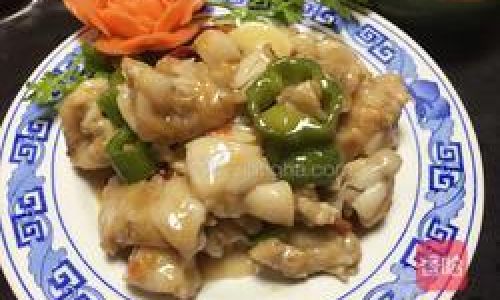
- If using fresh bullfrog, ask your butcher to clean and skin it. Rinse the meat under cold water, pat dry, and cut into bite-sized pieces.
- Marinate the meat in a mixture of soy sauce, rice wine, and cornstarch for 15–20 minutes. This tenderizes the meat and locks in moisture.
-
Prepping the Aromatics:
- Mince 4–5 garlic cloves and a 1-inch piece of ginger.
- Slice 3–4 scallions, separating the white and green parts.
- Deseed and chop 2–3 red chilies and 1–2 green chilies (adjust to taste).
-
Toasting Sichuan Peppercorns:
Heat a dry pan over low heat. Add 1 tablespoon of Sichuan peppercorns and toast for 2–3 minutes until fragrant. Grind coarsely using a mortar and pestle.
Cooking Process: Mastering the Stir-Fry
Stir-frying is a high-heat, quick-cooking technique that requires precision and timing. Follow these steps for perfection:
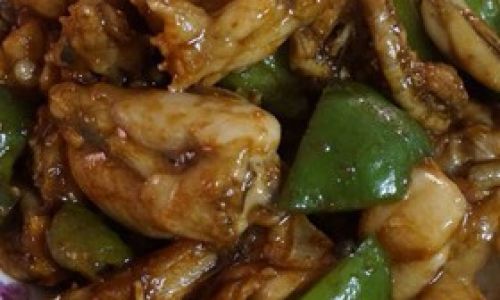
-
Searing the Meat:
- Heat 2 tablespoons of oil in a wok over high heat until smoking.
- Add the marinated bullfrog pieces in a single layer. Sear for 2–3 minutes per side until golden brown. Remove and set aside.
-
Stir-Frying the Aromatics:
- Reduce the heat to medium. Add 1 tablespoon of oil to the wok.
- Toss in the minced garlic and ginger. Stir-fry for 30 seconds until fragrant.
- Add the chopped chilies and Sichuan peppercorns. Stir-fry for another minute until the chilies soften.
-
Building the Sauce:
- Push the aromatics to one side of the wok. Add 1 tablespoon of fermented bean paste and 1 teaspoon of chili flakes (if using). Toast for 30 seconds to release their flavors.
- Pour in 2 tablespoons of soy sauce, 1 tablespoon of oyster sauce, and 1 tablespoon of rice wine. Stir to combine.
-
Combining Ingredients:

- Return the seared bullfrog to the wok. Toss gently to coat the meat in the sauce.
- Add ½ cup of chicken broth or water. Bring to a simmer, then reduce the heat to low. Cover and cook for 5–7 minutes until the meat is tender.
-
Thickening the Sauce:
- In a small bowl, mix 1 tablespoon of cornstarch with 2 tablespoons of water.
- Gradually pour the slurry into the wok, stirring constantly. Cook for 1–2 minutes until the sauce thickens to a glossy consistency.
-
Finishing Touches:
- Drizzle with ½ teaspoon of sesame oil (optional).
- Garnish with sliced scallion greens and a sprinkle of toasted sesame seeds.
Tips for Success: Avoiding Common Pitfalls
- Control the Heat: Stir-frying requires high heat to seal in flavors, but overcooking the meat will make it tough. Sear the bullfrog quickly, then lower the heat to simmer.
- Balance Spiciness: Adjust the number of chilies to your preference. For a milder dish, remove the seeds from the peppers.
- Marinate Adequately: The cornstarch in the marinade protects the meat from drying out during cooking.
- Use Fresh Ingredients: Wilted herbs or stale spices will dull the dish’s vibrancy.
- Taste and Adjust: Before serving, check the seasoning. Add a pinch of sugar if the dish is too salty, or a splash of vinegar for acidity.
Serving Suggestions: Elevating the Meal
Spicy stir-fried bullfrog pairs beautifully with steamed jasmine rice, which absorbs the sauce’s richness. For a heartier meal, serve it over egg noodles or alongside crispy fried rice. Complement the dish with a side of stir-fried vegetables, such as bok choy or snap peas, to balance the heat. A cold beer or a glass of Riesling can temper the spiciness, while a pot of jasmine tea offers a refreshing palate cleanser.

Health Benefits: Nutrition Meets Flavor
Bullfrog meat is a lean protein source, low in fat and high in essential amino acids. Chili peppers are rich in vitamin C and antioxidants, while garlic and ginger offer anti-inflammatory properties. However, moderation is key due to the dish’s sodium content from soy sauce and fermented bean paste. For a healthier twist, reduce the sauce’s saltiness by using low-sodium soy sauce and increasing the vegetable ratio.
Cultural Significance: A Dish with Roots
Spicy stir-fried bullfrog traces its origins to Sichuan province, where the humid climate inspired the use of spices to combat dampness. The dish embodies the region’s culinary philosophy of “ma la” (numbing and spicy), a hallmark of Sichuan cuisine. Today, it symbolizes the fusion of tradition and innovation, appearing on menus from Chengdu to New York City.
Variations: Exploring Creativity
- Vegetarian Twist: Substitute bullfrog with king oyster mushrooms or seitan for a meatless alternative.
- Seafood Adaptation: Use shrimp or scallops for a briny twist.
- Extra Crispy Texture: Dredge the meat in a cornstarch-flour mixture before frying for a crunchier coating.
- Sweet and Spicy Profile: Add a tablespoon of honey or brown sugar to the sauce for a caramelized finish.
Common Mistakes to Avoid
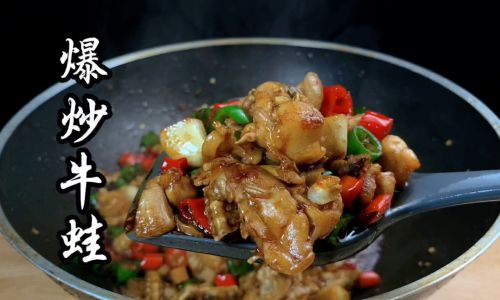
- Overcrowding the Wok: Cook in batches if necessary to prevent steaming instead of searing.
- Skipping the Marinade: The cornstarch is crucial for tenderizing the meat.
- Undercooking the Sauce: Allow the sauce to reduce properly to intensify flavors.
- Using Dull Knives: Sharp blades ensure clean cuts, preserving the meat’s texture.
Conclusion: A Culinary Triumph
Spicy stir-fried bullfrog is more than a dish—it’s a celebration of flavor, technique, and cultural heritage. By mastering the balance of heat, spice, and umami, you’ll create a meal that delights the senses and sparks conversation. Whether you’re hosting a dinner party or craving a bold weeknight dinner, this recipe promises to elevate your cooking repertoire. So, don your apron, gather your ingredients, and embark on a journey to savor the magic of Sichuan cuisine. Your taste buds will thank you.
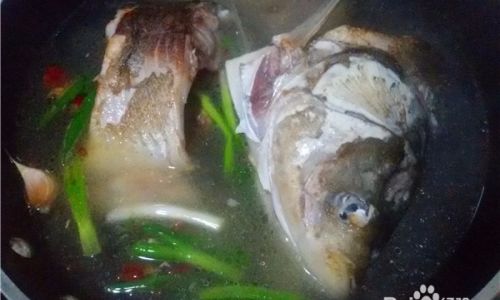

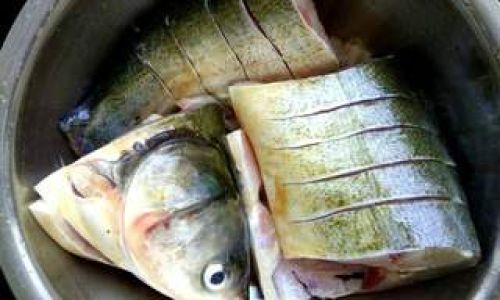
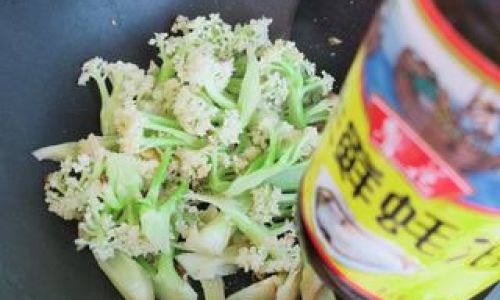
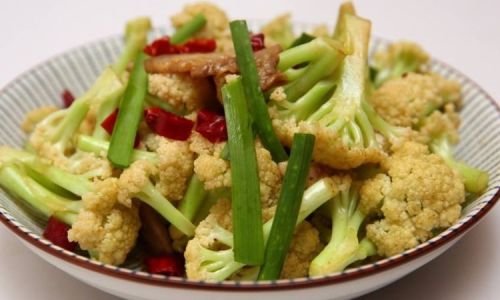
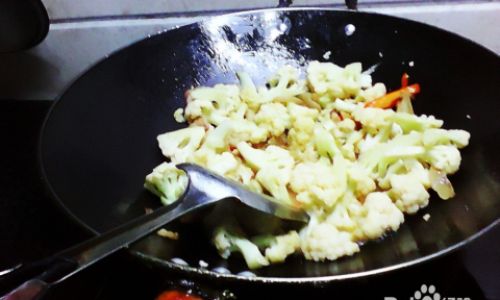
0 comments